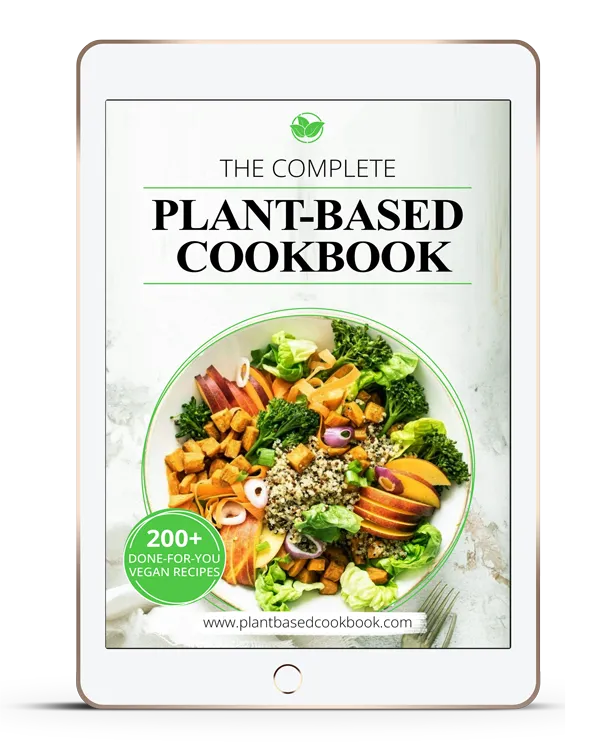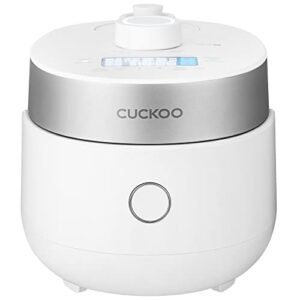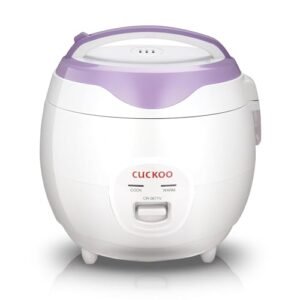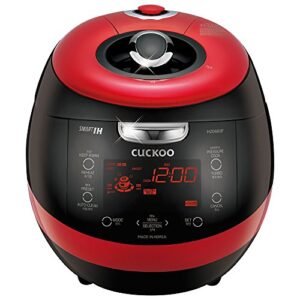I love cooking healthy and delicious meals at home, and one of my favorite ways to prepare salmon is by steaming it in a rice cooker. It’s incredibly easy and convenient, making it a go-to method for busy weeknights or lazy weekends.
In this article, I’ll guide you through the process of choosing the right rice cooker, preparing the salmon, seasoning it to perfection, and setting the cooking time for tender and flavorful results. Get ready to enjoy perfectly steamed salmon in no time!
Table of Contents
ToggleChoosing the Right Rice Cooker
When choosing the right rice cooker, it’s important to consider the size and features that best fit your needs. Rice cooker features play a crucial role in determining its functionality and versatility.
Look for a rice cooker that has a steaming tray or basket included, as this will allow you to steam other types of fish besides salmon. The ability to steam fish is a great additional feature, as it expands the possibilities of what you can cook in your rice cooker.
Make sure the steaming tray is large enough to accommodate the size of the fish you want to cook. Some rice cookers even have special settings for different types of fish, ensuring that they are cooked perfectly every time.
So when selecting a rice cooker, consider these features and think about how they align with your cooking preferences and needs.
Preparing the Salmon
To prepare the salmon in your rice cooker, you’ll need to season it with your preferred spices and herbs. Start by patting the salmon dry with a paper towel to remove any excess moisture.

Then, generously sprinkle salt and pepper onto both sides of the fish. If you like, you can also add other seasonings such as garlic powder, lemon zest, or dill for extra flavor.
Once seasoned, place the salmon in a shallow dish and cover it tightly with plastic wrap.
Allow it to marinate in the refrigerator for at least 30 minutes or up to overnight for maximum flavor infusion. This marinating time will help the flavors penetrate into the salmon fillets before steaming them in your rice cooker.
Seasoning the Salmon
When it comes to seasoning salmon, finding the perfect combination of flavors is key.
From classic choices like lemon and dill to more adventurous options like soy sauce and ginger, I will guide you through a variety of seasonings that will take your salmon dish to the next level.
So get ready to elevate your cooking skills and create mouthwatering salmon dishes with these tried-and-true seasoning techniques!
Best Seasoning for Salmon
You should try using a combination of lemon juice, garlic powder, and dill as the best seasoning for your salmon. This combination provides a burst of citrusy flavor from the lemon juice, a subtle kick from the garlic powder, and an herby freshness from the dill.
It is a versatile seasoning that complements the natural richness of salmon perfectly.
Here are three reasons why this seasoning is the best choice for your salmon:
- Lemon juice adds brightness and tanginess to cut through the richness of the fish.
- Garlic powder brings depth and complexity to enhance the overall flavor profile.
- Dill provides an herbaceous note that pairs well with seafood.
Pairing salmon with these ingredients not only enhances its taste but also creates a well-balanced dish that will impress your guests or satisfy your own cravings.
Seasoning Techniques for Salmon
When it comes to marinating techniques, I love using a simple mixture of olive oil, lemon juice, garlic, and dill.
This marinade adds a burst of freshness and tanginess to the fish. If you prefer grilling your salmon, try sprinkling it with a blend of smoked paprika, cumin, and black pepper.
This combination creates a smoky and slightly spicy flavor profile that pairs perfectly with grilled salmon. Another option is to create a Mediterranean-inspired seasoning by mixing dried oregano, thyme, rosemary, garlic powder, salt, and pepper.
This herbaceous blend adds aromatic notes that complement the natural richness of the fish. Experimenting with different seasonings will help you discover new and exciting flavors for your favorite seafood dish.
Adding Liquid to the Rice Cooker
To steam the salmon in a rice cooker, it’s essential to add enough liquid. The liquid creates steam that will cook the salmon gently and keep it moist. Here are some options for liquids you can use:
- Water: This is the most common choice and works well for steaming salmon.
- Broth or stock: Using chicken, vegetable, or seafood broth adds flavor to the salmon while steaming.
- Wine: White wine can be used to enhance the taste of the fish.
When using a rice cooker to steam salmon, make sure there is enough liquid in the cooker to create steam throughout the cooking process.
This ensures that your salmon comes out perfectly cooked and flavorful.
Experiment with different liquid options and alternative cooking methods like adding herbs or spices to enhance the taste even further.
Setting the Rice Cooker and Steaming Time
Optimal Steaming Duration
Make sure you don’t overcook the salmon by keeping an eye on the optimal steaming duration. Steaming fish has several benefits, including preserving its natural flavors and nutrients while maintaining a moist and tender texture. Compared to other methods of cooking salmon, such as frying or grilling, steaming is a healthier option as it requires little to no added oil. To achieve the perfect steamed salmon in your rice cooker, follow these steps:
- Prepare your rice cooker by adding water to the designated level.
- Season your salmon fillets with your choice of herbs, spices, and a squeeze of lemon juice for added flavor.
- Place the seasoned salmon fillets on a heatproof plate or in a steamer basket inside the rice cooker.
Rice Cooker Temperature Control
The rice cooker’s temperature control feature allows for precise cooking of various types of food. It’s an essential tool in any kitchen, but like any appliance, it requires regular maintenance and troubleshooting to ensure its longevity and optimal performance.
Checking for Doneness
To check if the salmon is done, you can use a fork to gently flake the fish apart.
This doneness test is a reliable way of determining doneness when cooking salmon in a rice cooker. When the fish easily flakes apart and looks opaque throughout, it is fully cooked.
The flesh should be moist and tender, not raw or mushy. It’s important not to overcook the salmon as it can become dry and lose its flavor. If you’re unsure about the doneness, you can always cook it for an additional few minutes and then check again.
Remember, practice makes perfect when it comes to cooking salmon in a rice cooker, so keep experimenting until you find your preferred level of doneness!
Serving and Enjoying the Steamed Salmon
After checking that my salmon is perfectly cooked and tender, it’s time to serve and enjoy this delicious meal. Here are some serving suggestions and side dish pairings to elevate your dining experience:
- Serve the steamed salmon on a bed of fluffy white rice for a complete and satisfying meal.
- Garnish with fresh herbs like dill or parsley to add a burst of freshness and color.
- Pair the salmon with some roasted vegetables, such as asparagus or Brussels sprouts, to complement its natural flavors.
The combination of the moist and succulent salmon along with the fragrant rice and flavorful vegetables creates a harmonious balance of textures and tastes. Whether you’re enjoying a quiet dinner at home or entertaining guests, these serving suggestions will surely impress everyone at the table.
Frequently Asked Questions
Can I Use a Rice Cooker With a Non-Stick Inner Pot to Steam Salmon?
Yes, you can use a rice cooker with a non-stick inner pot to steam salmon. It’s also great for steaming other types of fish like cod or trout. You can explore different marinade options as well.
Is It Necessary to Marinate the Salmon Before Steaming It in the Rice Cooker?
It’s not necessary to marinate the salmon before steaming it in a rice cooker. Steaming is a great method for cooking salmon as it helps retain its natural flavors and moisture.
Can I Use Frozen Salmon Fillets for Steaming in a Rice Cooker?
Yes, you can use frozen salmon fillets for steaming in a rice cooker. However, using fresh salmon is recommended for better flavor and texture. You can also cook other types of fish in a rice cooker.
How Long Should I Let the Salmon Rest Before Serving It After Steaming?
After steaming the salmon in a rice cooker, I usually let it rest for about 5 minutes before serving. This allows the flavors to settle and ensures that the fish is tender and moist.
Can I Use the Leftover Liquid From Steaming the Salmon as a Sauce or Broth for Serving?
Yes, you can definitely use the leftover liquid from steaming the salmon as a sauce or broth for serving. It adds flavor and moisture to your dish and there are various types of sauces or broths that pair well with steamed salmon.
Conclusion
In conclusion, steaming salmon in a rice cooker is a simple and practical method that yields delicious results. By choosing the right rice cooker and following the steps outlined, you can enjoy perfectly cooked salmon in no time. The seasoning and addition of liquid enhance the flavor of the fish, while the steaming process ensures a moist and tender texture. So why not give it a try? With this easy technique, you can elevate your cooking skills and impress your family and friends with a tasty seafood dish.






